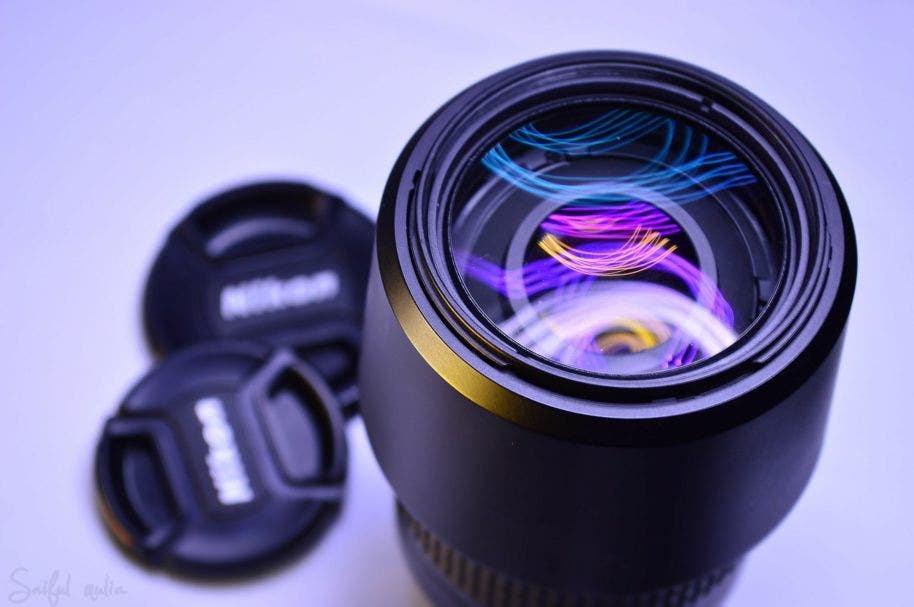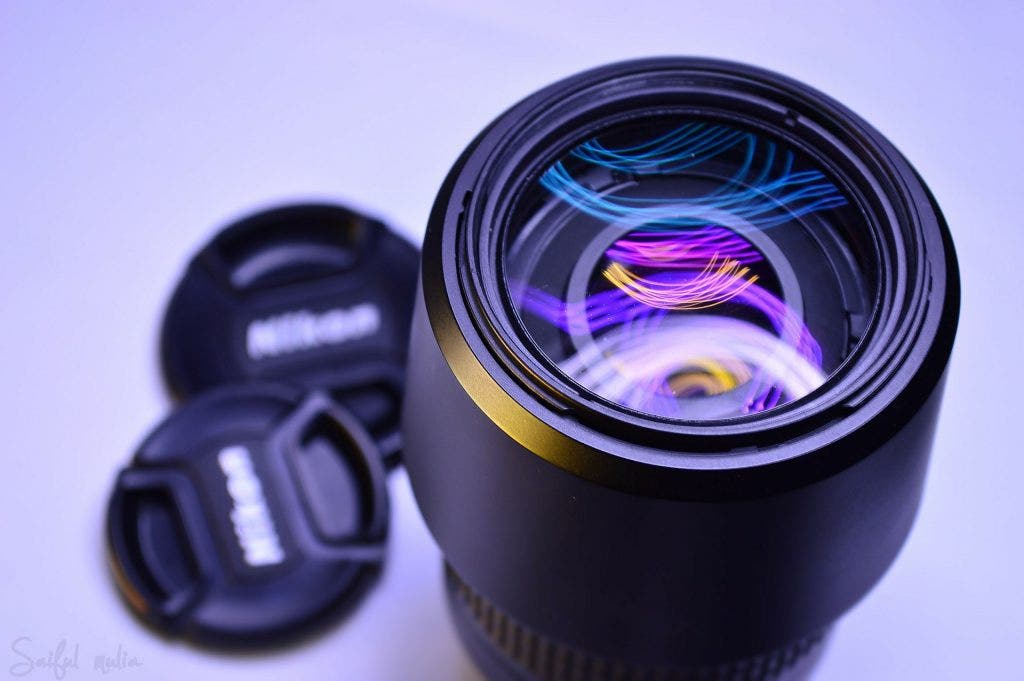
Most photographers will be familiar with autofocus (AF), the system commonly found in modern cameras that helps you take crystal clear images with ease. On some cameras, it’s that amazing clarity you suddenly get when you half click down on the shutter button.
Understanding how autofocus works is crucial knowledge that can allow you to take even more breathtaking photos. This introduction to autofocus will define it and break down the different types.

What is Autofocus?
In simple terms, autofocus applies to a mini computer in your camera that automatically focuses your camera lens to achieve the sharpest possible image.
Although controlled by the camera, most cameras today have autofocus motors in the lens as opposed to the camera body. The camera itself will house the AF sensors, which work to pinpoint what you want to focus on.
Your camera’s AF processor will measure a subject’s focus distance and relay improvements onto the AF sensor. Once calibrated, the processor will alter the camera lens to a different distance. As this is going on, the processor will continue to strive for improvement.
This autofocus process sounds incredibly complex but your camera carries this out
Types of Autofocus (AF)
There are two main types of autofocus systems: active and passive. As a general rule of thumb, less expensive, point-and-shoot compact cameras will use an active system that emits an infrared signal to gauge the optimal focus of each picture, and is particularly effective for close-up shots.
However, most modern camera types, including DSLRs, will employ a passive autofocus, which uses computer analysis to determine the distance of the subject; the camera will look at the scene and adjust the lens back and forth in search of the optimal focus.
Passive AF has two different systems: Phase Detection and Contrast Detection.
Phase Detection AF

Picture: An incredibly helpful diagram from: https://www.slrlounge.com/dslr-auto-focus-actually-work/
By far the most common autofocus found in DSLRs is Phase Detection. This involves the camera dividing the incoming stimuli into pairs of images and comparing them.
The camera sensor considers the images projected from the camera mirror and relays that information onto a computer that evaluates the images. If the images do not match up, they are out of focus.
Phase detection autofocus is admired in the photography world for its speed and accuracy.
Contrast Detection AF

Contrast Detection is readily found in mirrorless cameras, smartphone cameras and in certain modes of DSLRs like live view or video. This method of autofocus bypasses the mirror, instead using the light that falls on the main camera sensor to provide focus.
Unlike phase detection, which is constrained by the mirror and the number of autofocus sensors under it, contrast detection can have an almost infinite number of focus points. This is a huge benefit for modern cameras with screens and viewfinders that allow you to pinpoint exactly where you want to focus.
But this benefit also has a cost. Contrast detection requires constant evaluation of the image since it has no way of knowing whether the initial light received is showing its maximum intensity or not, until the lens is moved.
A few more things to (auto)focus on

Be aware that some cameras offer a combination of phase detection and contrast detection passive autofocus, which essentially takes the best aspects of phase detection and puts it into a sensor-centric system.
Another thing to note is that most cameras have continuous focus built-in. This feature actually anticipates the movement of objects in the frame based on the speed and movement. Experiment with this mode when taking pictures of moving objects.
It’s also important to remember that autofocus is designed to assist your photography. So, if your camera is set to autofocus but you’re still getting some blurry pictures, it could be that you’re mistakenly focusing on the background or moving the camera as you shoot. You can read some common troubleshooting issues here.
We hope this article has helped you grasp the basics of autofocus on your camera. If you’re in the market for a new camera, the type of autofocus is definitely something to consider.
Thankfully, our friendly staff can assist you with any autofocus questions you may have. Just pop into one of our stores nationwide or get in touch here.
